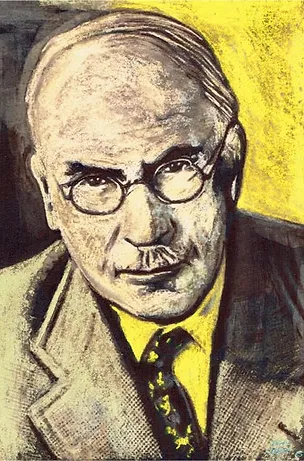AMATORICS
Amatorics - typology of love
Amatorics is a typology of love born at the intersection of philosophy, history and psychology, based on Platonic forms of love (Eros, Philia, Agape, Storge), as well as the Jungian typological tradition with its archetypes and psychological functions, but developed using modern typological systems and based on scientific research in the field of neuroscience.
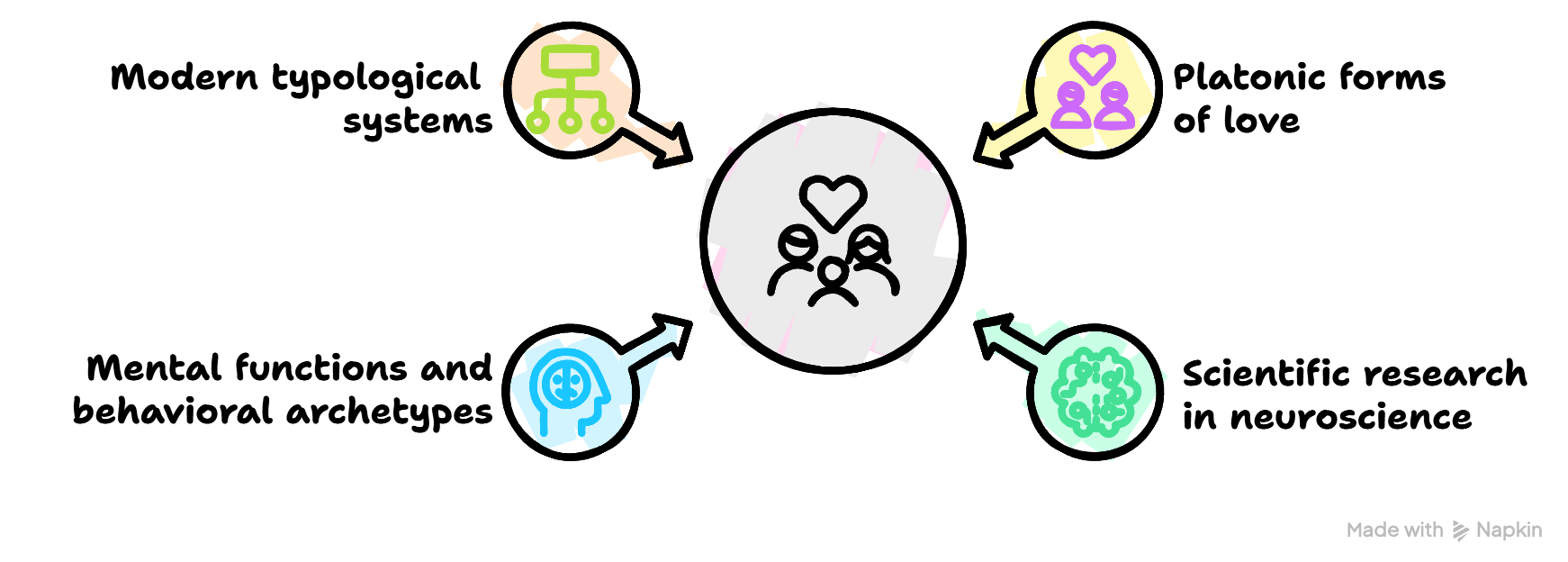
Psychotype model
In Amatorics, the psychotype consists of four essential elements, which are called personal archetypes. Each personal archetype performs its own psychological functions, which are numbered according to the sequence of archetypes.
The ego performs the first main dominant function, and the Persona performs the second complementary one. This is a conscious and strong block of the psychotype. They are opposed by the lower block, where the Shadow archetype takes on the third function, and the Anima the fourth.
The ego performs the first main dominant function, and the Persona performs the second complementary one. This is a conscious and strong block of the psychotype. They are opposed by the lower block, where the Shadow archetype takes on the third function, and the Anima the fourth.
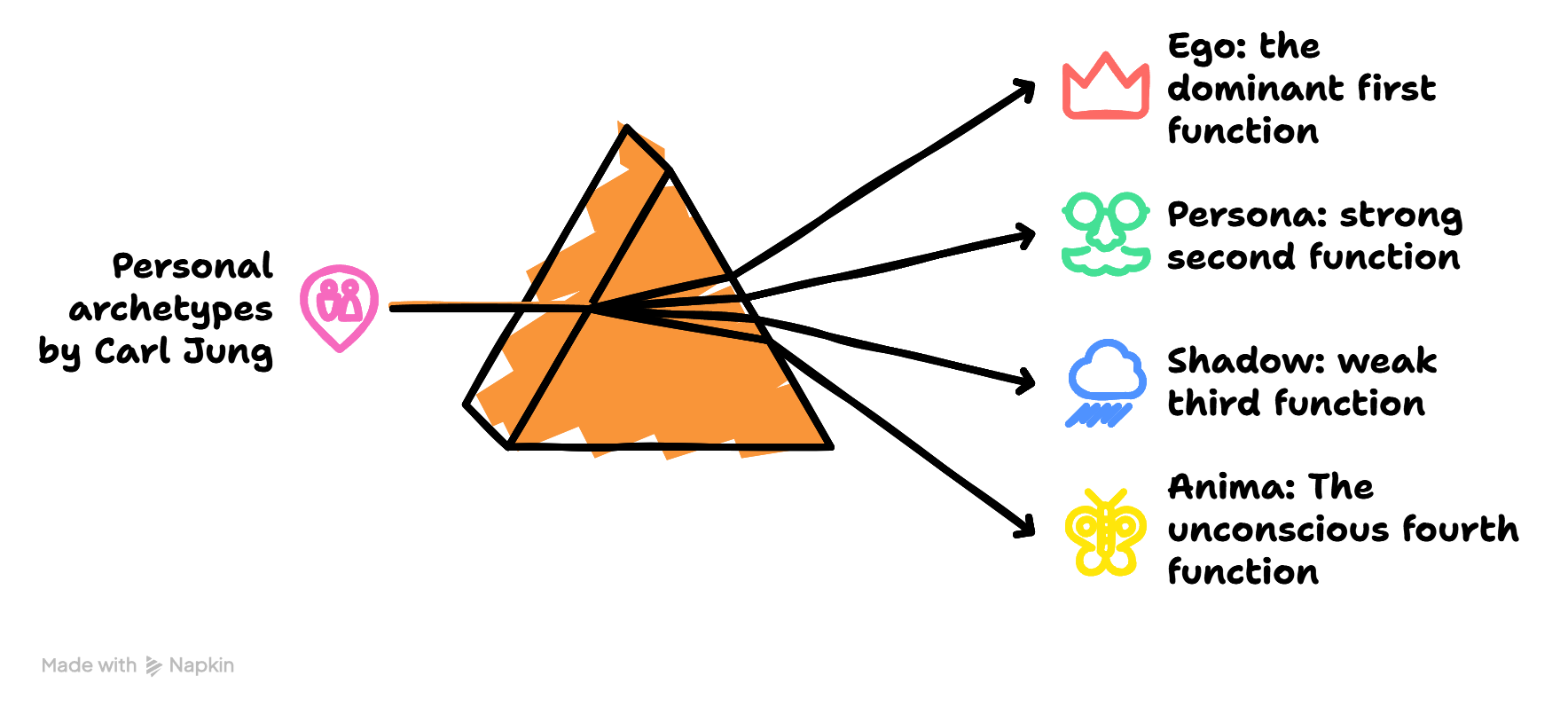
The first and second functions of Libido accumulate mental energy, remember well the necessary information. Mortido's third and fourth functions, on the contrary, do not accumulate, but destroy mental energy and quickly lose concentration on their aspects of relationships.
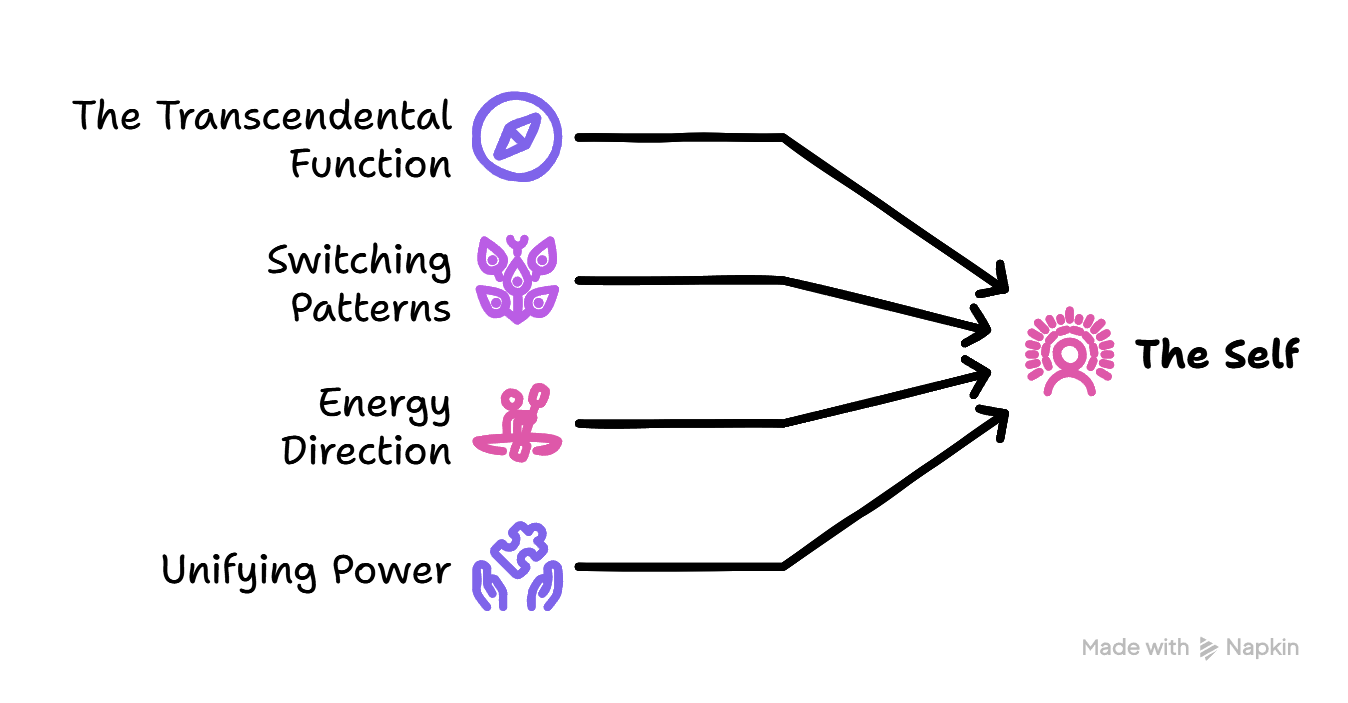
The model of Amatorics also uses the archetype-the Self. It has a transcendent fifth function-switching attention between patterns and directing energy to a particular type of relationship. The self is the connecting link of the psyche, which gathers the entire psychotype into a single whole. The development of the Self makes it possible to weaken the influence of functions and make the perception of the psychotype more harmonious.
Functional roles
Perception patterns
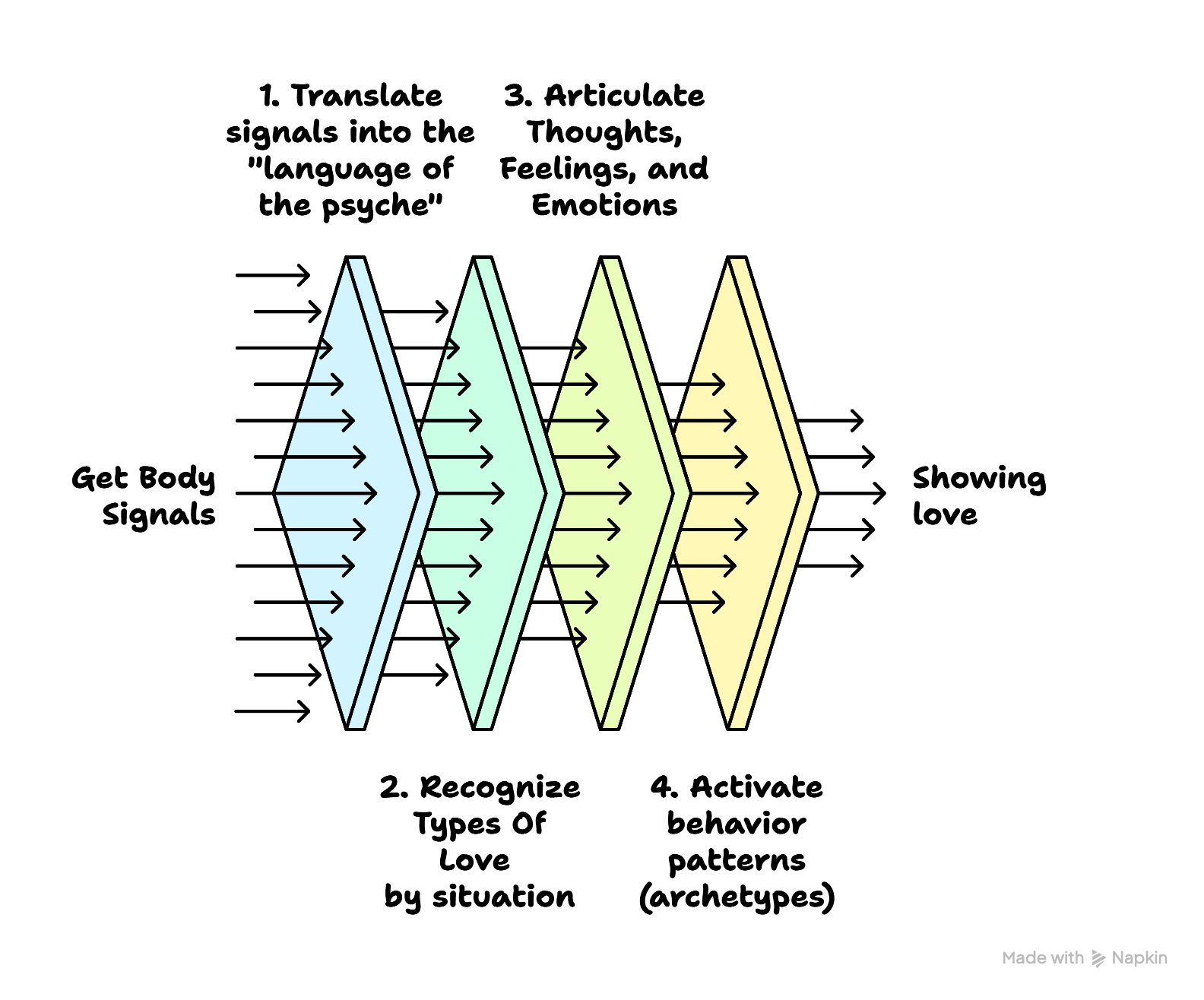
A pattern is a mental structure that allows personal archetypes to recognize relationships. These structures are as stable and autonomous as archetypes and functions. Patterns "translate" body signals into "psychic reality", allowing the human psyche to recognize a particular type of love, formulate thoughts and feelings, and activate the appropriate behavioral strategy.
If the pattern does not work correctly, it projects negative images forming a mental complex-emotionally charged thoughts about the event, negative memories, feelings and experiences that exist in the unconscious and have a significant impact on a person's behavior and perception. Such kits need to be corrected when working with a psychologist and psychotherapist.
If the pattern does not work correctly, it projects negative images forming a mental complex-emotionally charged thoughts about the event, negative memories, feelings and experiences that exist in the unconscious and have a significant impact on a person's behavior and perception. Such kits need to be corrected when working with a psychologist and psychotherapist.
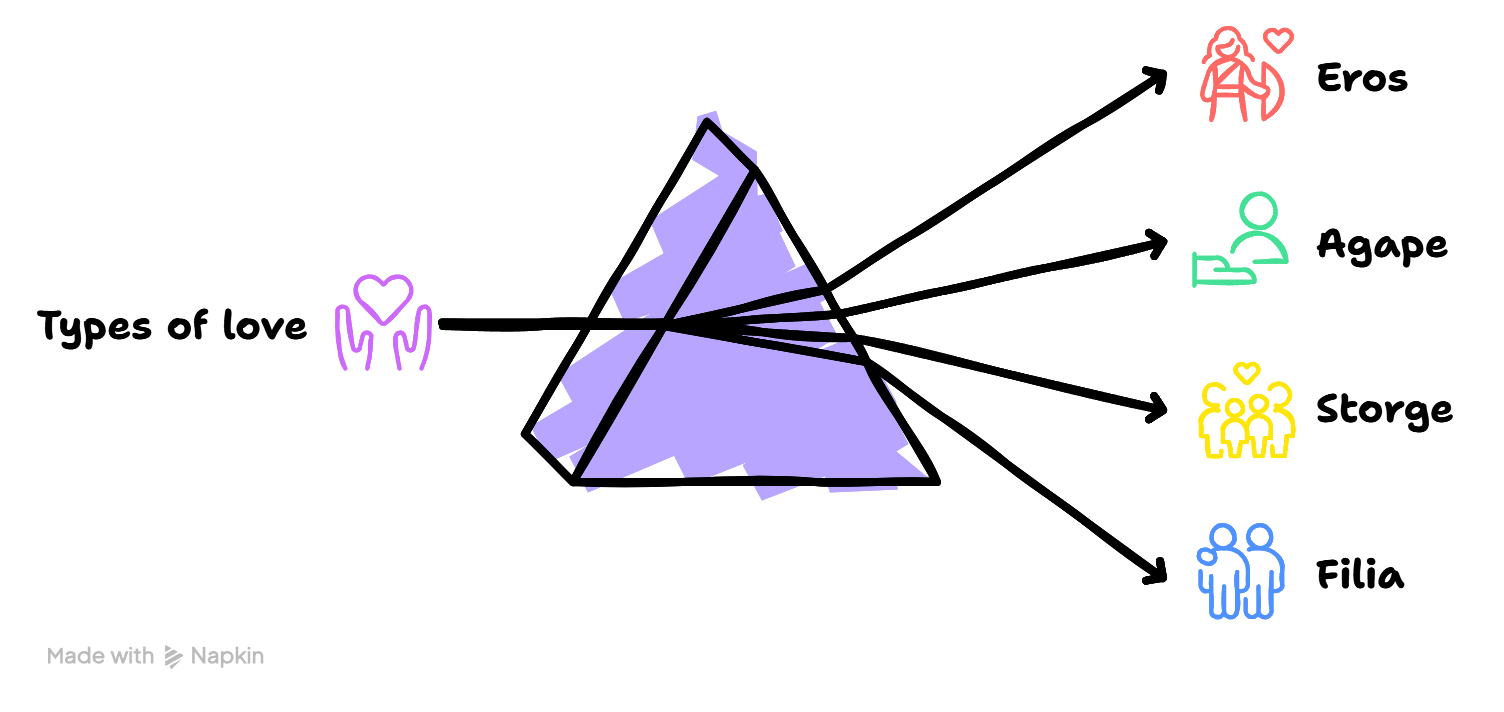
They are divided into two large groups - positive ones that promote the growth of love-Eros, Agape, Storge and Filia. Patterns represent personality types: according to Eros - Esthetics, according to Agape - Practitioners, according to Storge-Idealists, and according to Filia-realists. Patterns also influence a person's behavior in love and relationships and manifest as patterns of behavior - Eros Archetypes, Agape Archetypes, Storge Archetypes, and Filia Archetypes. Such patterns and archetypes project positive thoughts and states, support personal self-esteem, and help build relationships with others.
Positive patterns have their antagonists, destructive patterns that lead to quarrels, violence, and destruction-Mania, Pragma, Tyranny, and Phobia. These patterns also influence human behavior through Mania Archetypes, Pragma Archetypes, Tyranny Archetypes, and Phobia Archetypes. These archetypes are the result of deep-rooted mental complexes in the unconscious that create negative projections on themselves and others. Such complexes necessarily need correction.
Positive patterns have their antagonists, destructive patterns that lead to quarrels, violence, and destruction-Mania, Pragma, Tyranny, and Phobia. These patterns also influence human behavior through Mania Archetypes, Pragma Archetypes, Tyranny Archetypes, and Phobia Archetypes. These archetypes are the result of deep-rooted mental complexes in the unconscious that create negative projections on themselves and others. Such complexes necessarily need correction.
Amatorics archetype

Our patterns of thoughts and feelings not only influence the perception of relationships, but also determine our behavior through collective archetypes — the stable and repetitive roles we play in society. These archetypes can be divided into two broad groups: positive, related to growth and development, and negative, reflecting decline and degradation in behavior.
Scientific base
The patterns of love and relationships presented in Amatorics as Eros, Filia, Agape, and Storge patterns, as well as their destructive counterparts, are not speculative constructs. On the contrary, these fundamental types of love and attachment have long been actively studied in various scientific disciplines, including psychology, sociology, anthropology, and neuroscience.
There is an extensive body of scientific research accumulated over decades that examines romantic love (Eros), friendship and trust (Filia), altruistic care (Agape), and parental love-parenting (Storge) from a variety of perspectives, including their psychological mechanisms, social manifestations, evolutionary roots, and neurobiological foundations.
Thus, Amatorics is based on a solid foundation of already existing scientific knowledge about various forms of human relationships and love.
There is an extensive body of scientific research accumulated over decades that examines romantic love (Eros), friendship and trust (Filia), altruistic care (Agape), and parental love-parenting (Storge) from a variety of perspectives, including their psychological mechanisms, social manifestations, evolutionary roots, and neurobiological foundations.
Thus, Amatorics is based on a solid foundation of already existing scientific knowledge about various forms of human relationships and love.
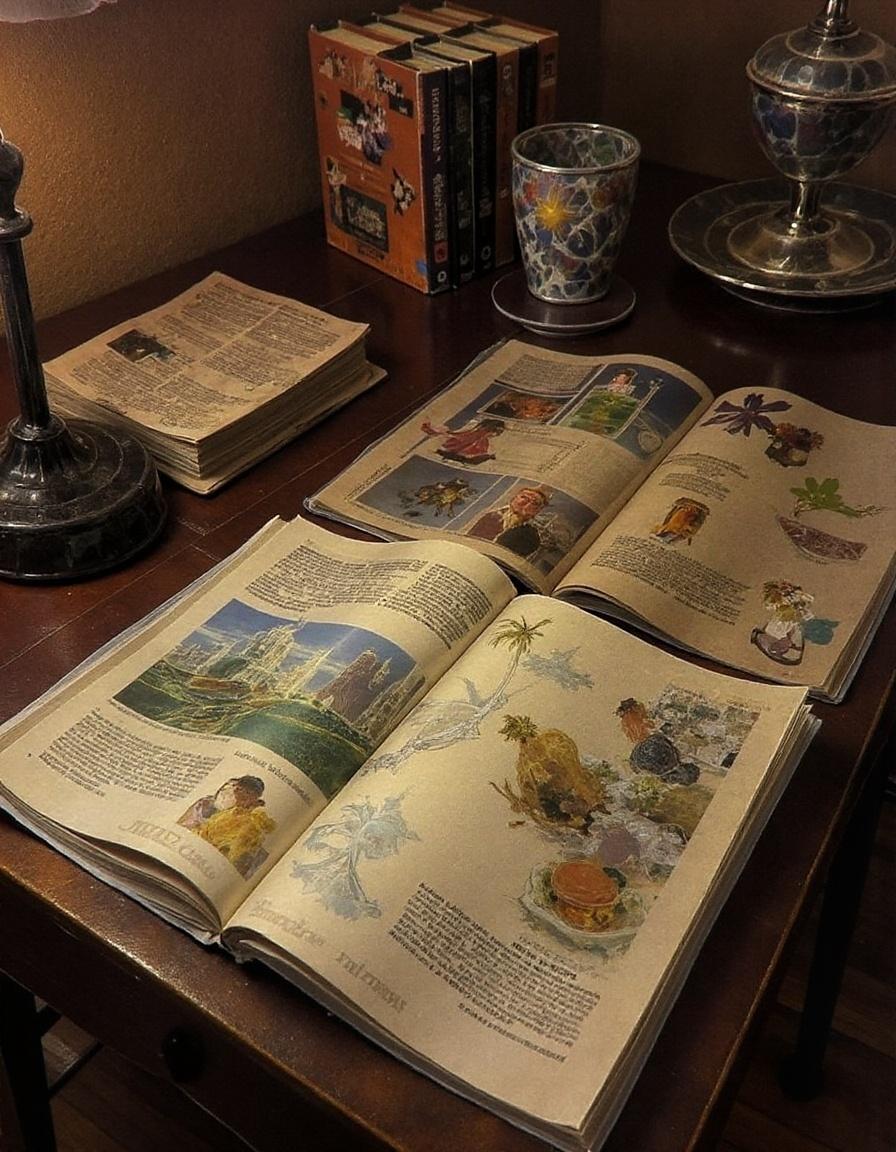 Researches
Researches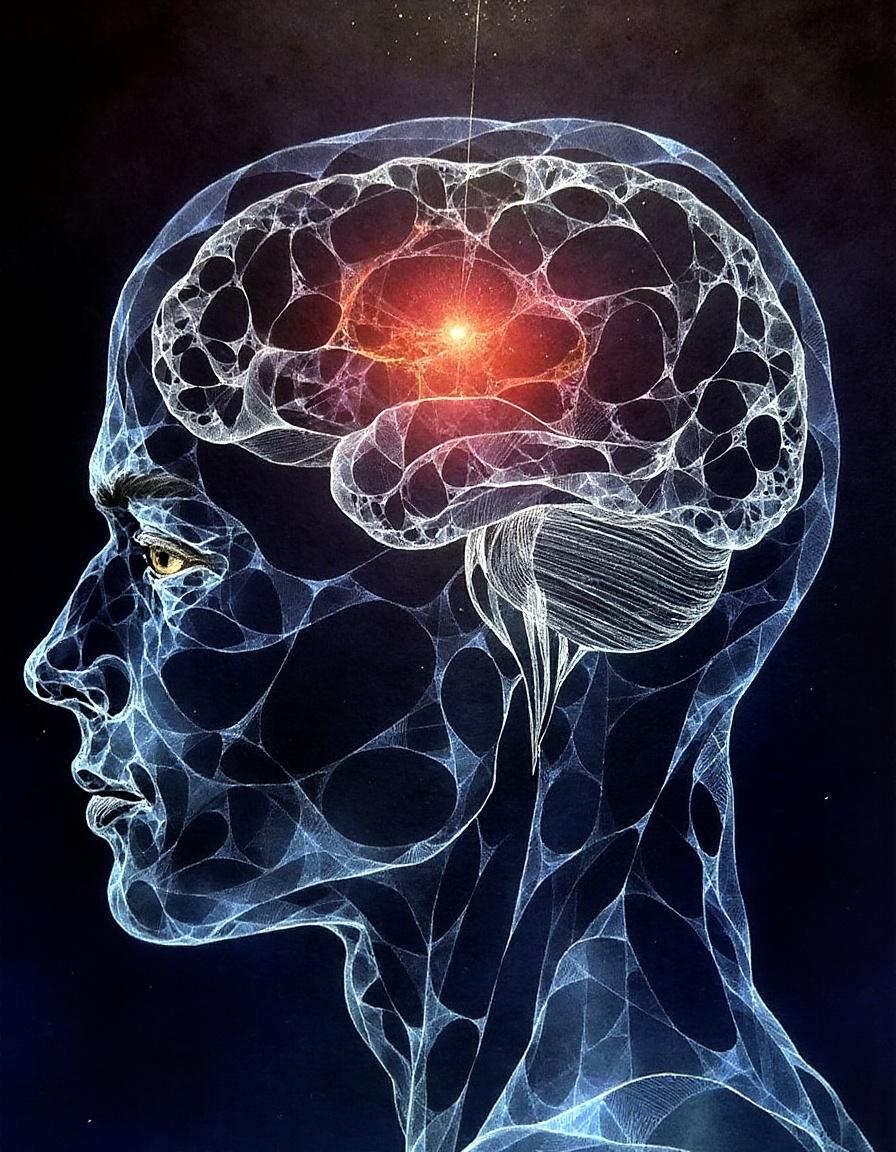 Neuro-atlas
Neuro-atlas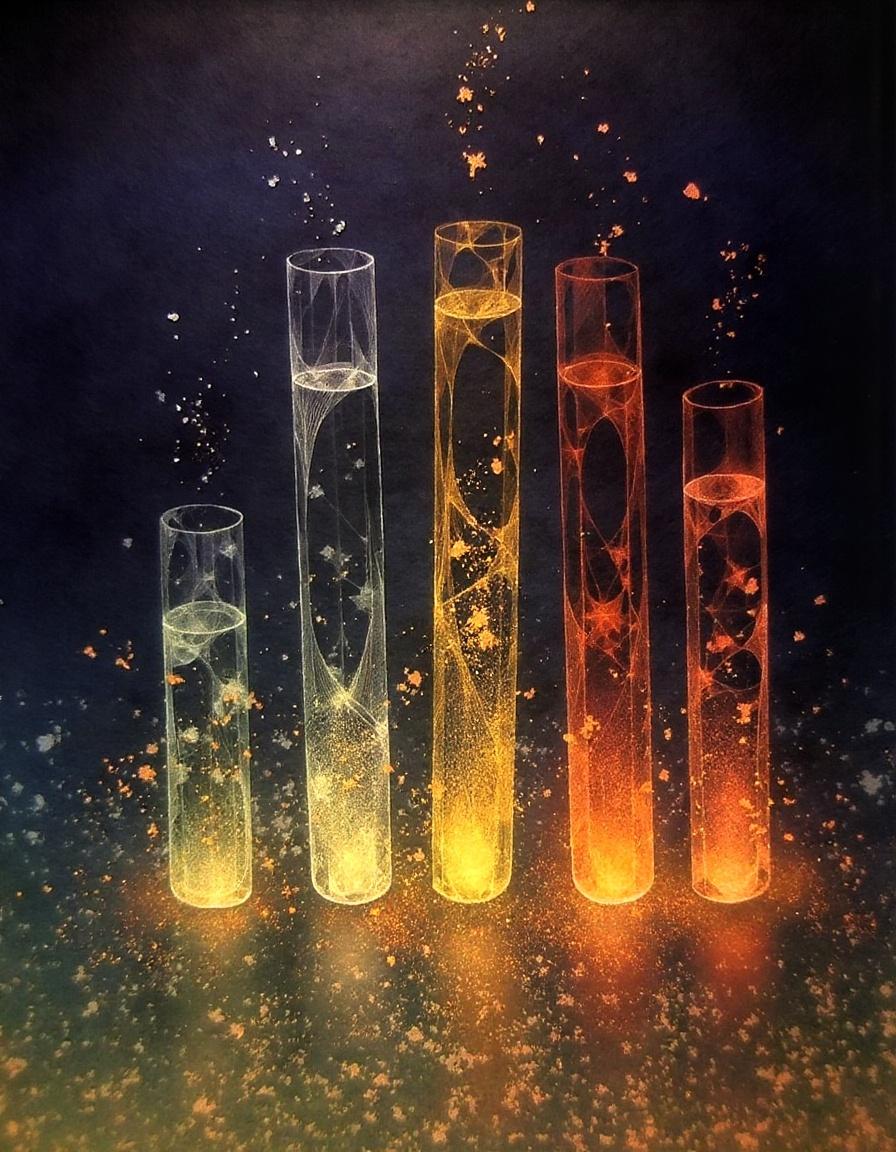 Neurochemistry
Neurochemistry

